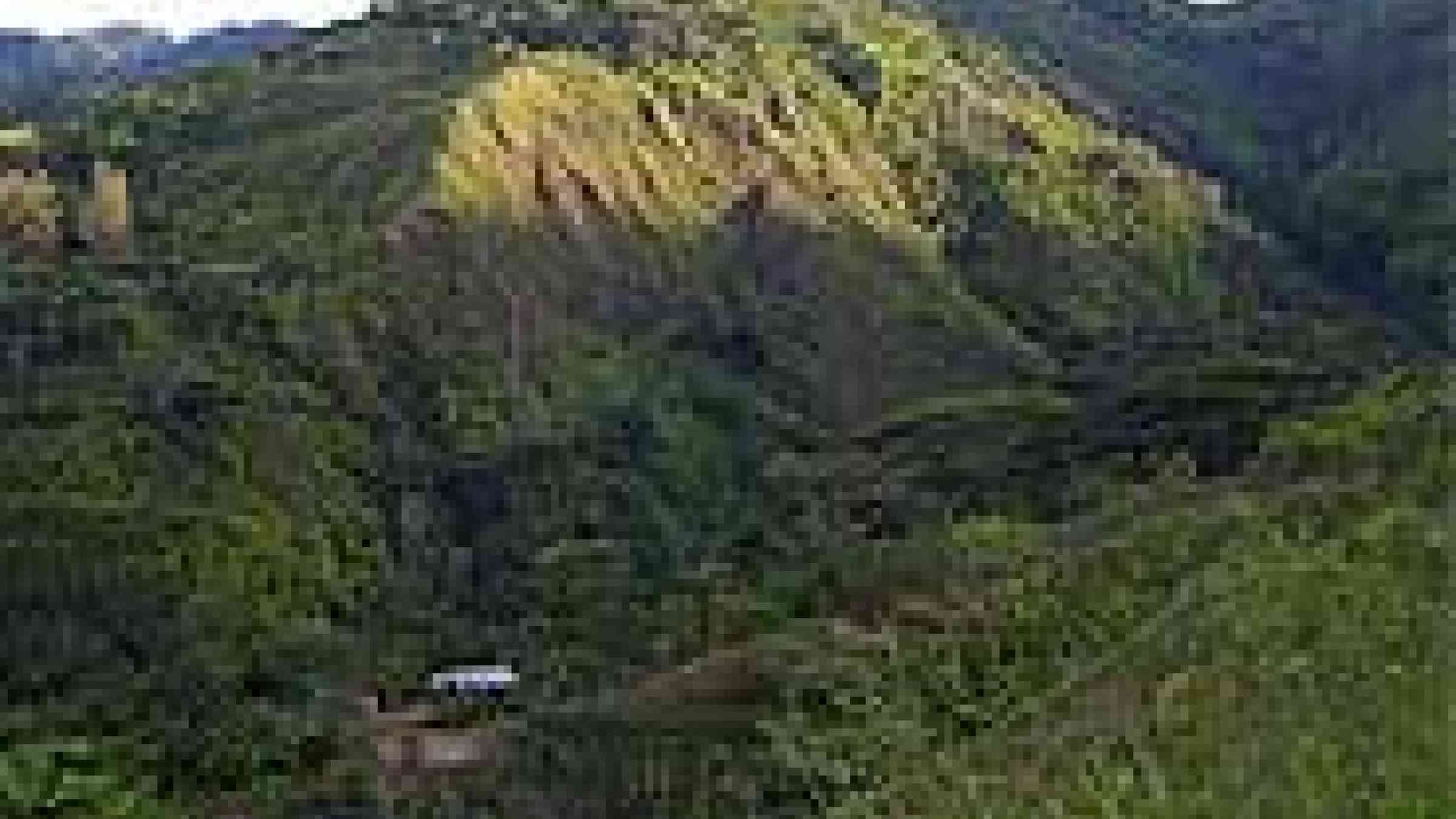
Papua New Guinea lies within the "Pacific ring of fire" - an arc of intense seismic activity due to shifting tectonic plates stretching from the eastern edge of Asia to the coast of North and South America - it is prone to natural disasters, especially earthquakes. One of the most significant recent ones was a 7.0 earthquake in 1998, which triggered a tsunami that killed 2,183 people, injured thousands and left 500 missing.
In preparation for another seismic event, the Port Moresby Geophysical Observatory (PMGO) is replacing its monitoring equipment - the new seismic network would comprise 10 stations evenly distributed across the PNG region, said PMGO assistant director Chris McKee.
The PMGO was established in 1957 and has 16 seismograph stations in towns and districts including Port Moresby, Finschhafen, Kavieng, Kimbe, Kuta, Madang, Nadzap, Namatanai, Ok Tedi, Paiam, Rabaul, Wau and Wewak.
"Each station will consist of a seismometer and an accelerometer to record earthquake energy. As with the existing network, the earthquake information will be transmitted to the hub of the network at Port Moresby using the Telikom telephone system.
"The new seismic network is being funded by the European Commission, and ongoing operational costs will be the responsibility of the government of PNG, as with the existing network," McKee said.
The monitoring also includes tsunamis of local origin and those generated outside the PNG region.
Apart from the primary surveillance operations, PMGO conducts studies to reveal the geological structure and dynamics of the PNG region, and carries out studies to evaluate seismic hazards.
The centre receives earthquake and tsunami bulletins directly from the PMGO and Pacific Tsunami Warning Centre (PTWC) in Hawaii.
PMGO has close links with other similar institutions, including the National Earthquake Information Service (NEIS) of the United States Geological Survey, Geoscience Australia, the Harvard University Seismological Centre, the Comprehensive Nuclear Test-Ban Treaty Organization and PTWC.
Seismic data and analyses are exchanged freely in global collaborative efforts to monitor and map the distribution of seismic activity in the PNG region. Andrew Oaego, the communication and logistics adviser at the NDC, said it received bulletins directly from PMGO and from time to time, PTWC, when there was a regional tsunami event.
"But we rely on PMGO to analyse and release its bulletin," Oaego said.
Radio warnings
Upon receiving an earthquake activity or tsunami warning, NDC disseminates the warning via radio, especially NBC Karai Radio, to vulnerable areas.
The same warning is forwarded to the Provincial Disaster Office, which then relays it to the vulnerable communities or areas likely to be affected through the Provincial HF Radio network.
"Earthquake activities are restricted to particular areas that are in the vicinity of the epicentre; however, tsunami warnings covers a wide range including Milne Bay to West Sepik, and the all New Guinea Islands region," Oaego said.
Apart from the primary surveillance operations, the PMGO, which comes under the Department of Mineral Policy and Geohazards Management (formerly Department of Mining), also does earthquake mapping.
The results of this analysis are routinely checked against the results determined by other agencies, and re-determinations are made where necessary to reduce location uncertainties.
For all earthquakes, location and magnitude data and felt effects are promptly made known to PNG government authorities and news media via Earthquake Information Bulletins.
The Observatory has established and maintains databases containing information about earthquakes that occurred in the PNG region since 1900.
From these data, areas of seismicity have been defined and are progressively being refined as more seismic data become available.
cp/mw